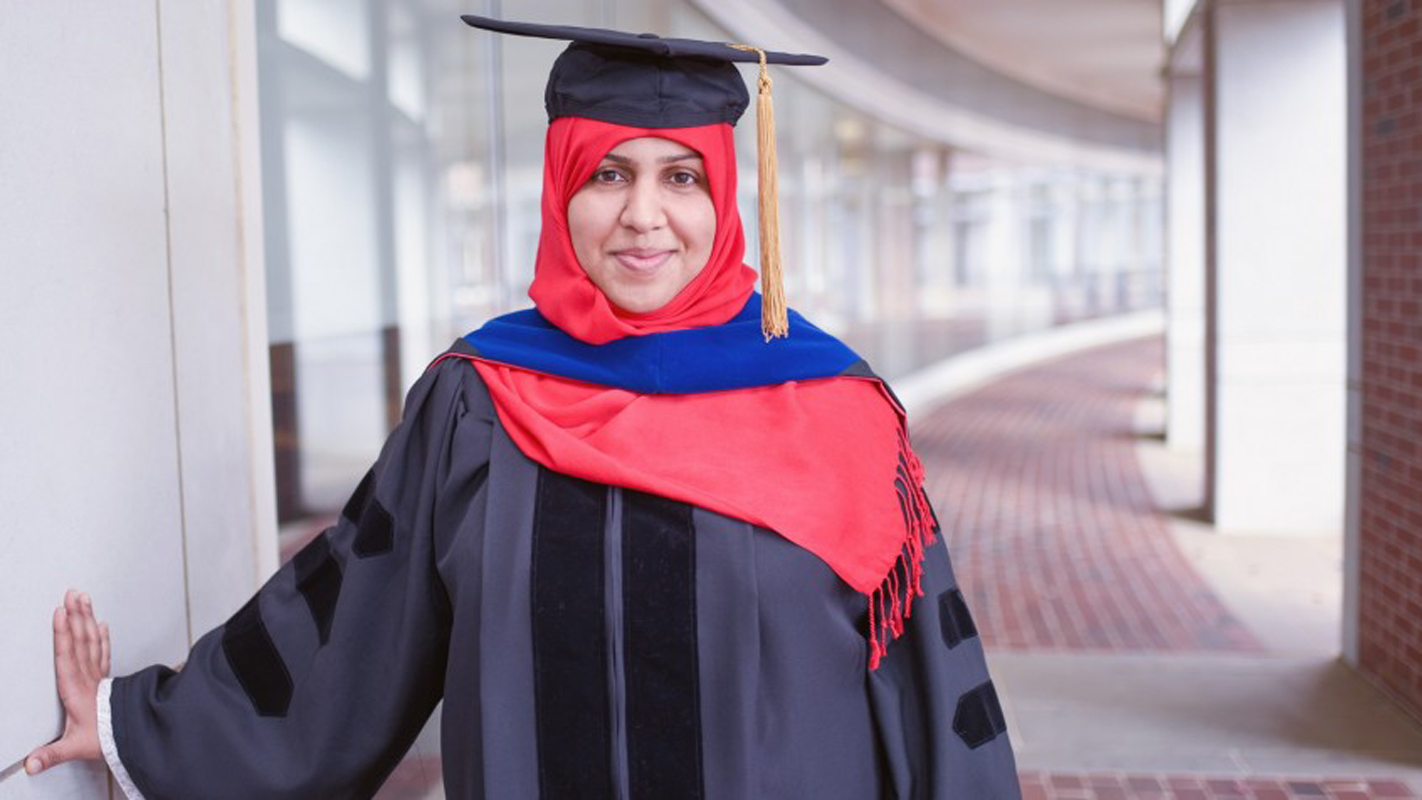chemical and biomolecular engineering
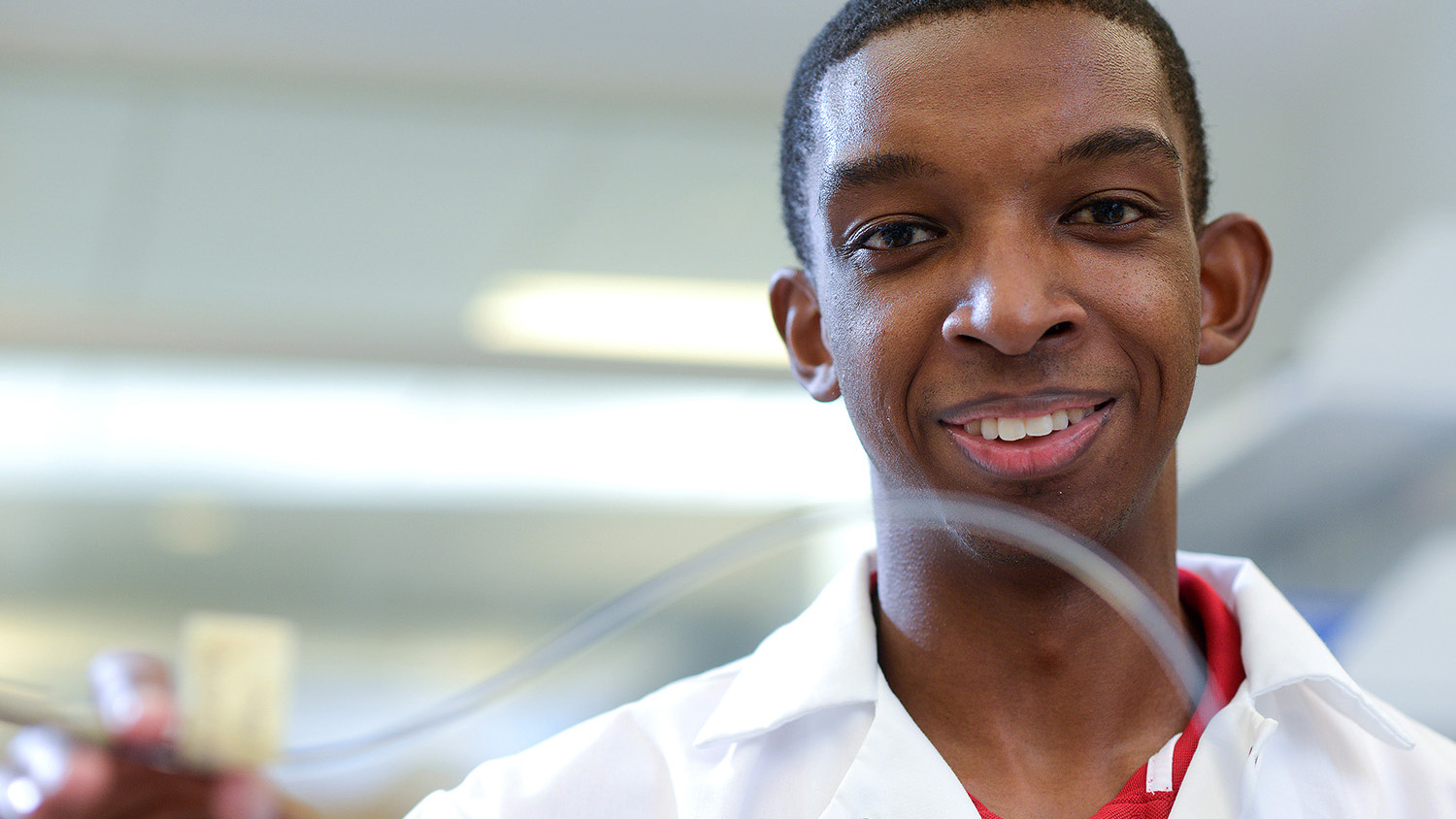
World-Class Scholar
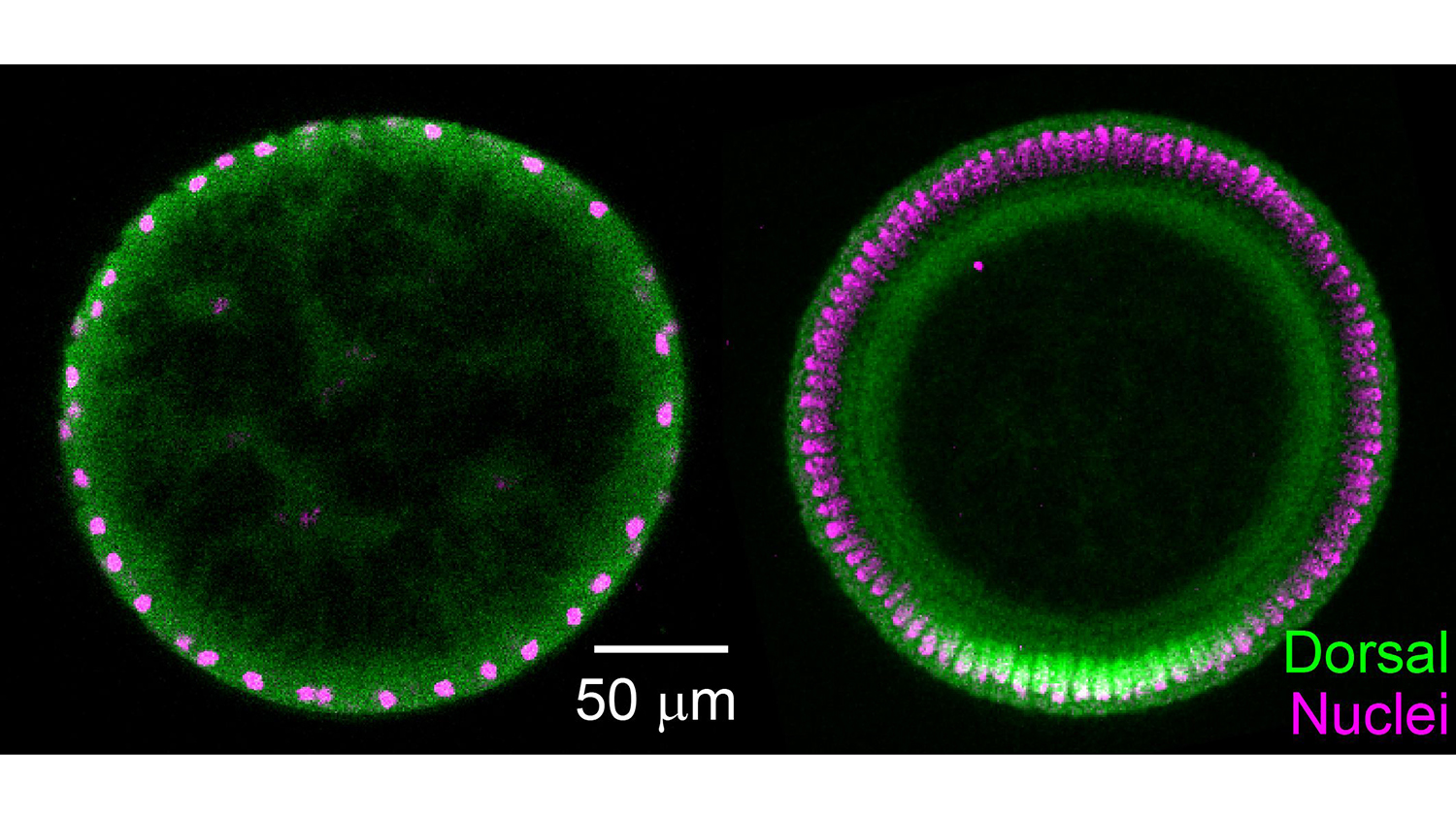
Researchers Find Diffusion Plays Unusual Signaling Role in Drosophila Embryos
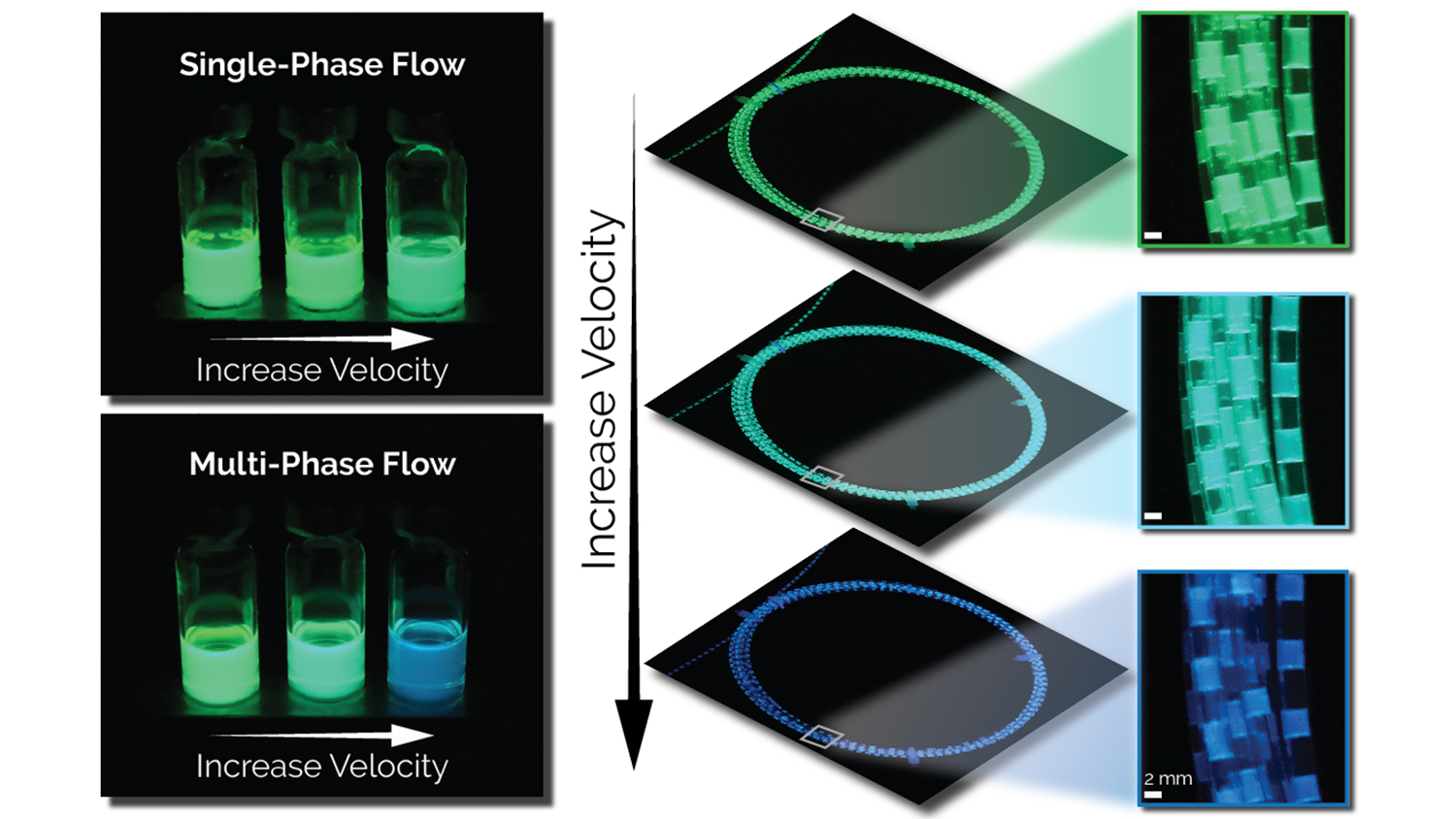
Tech Increases Microfluidic Research Data Output 100-fold
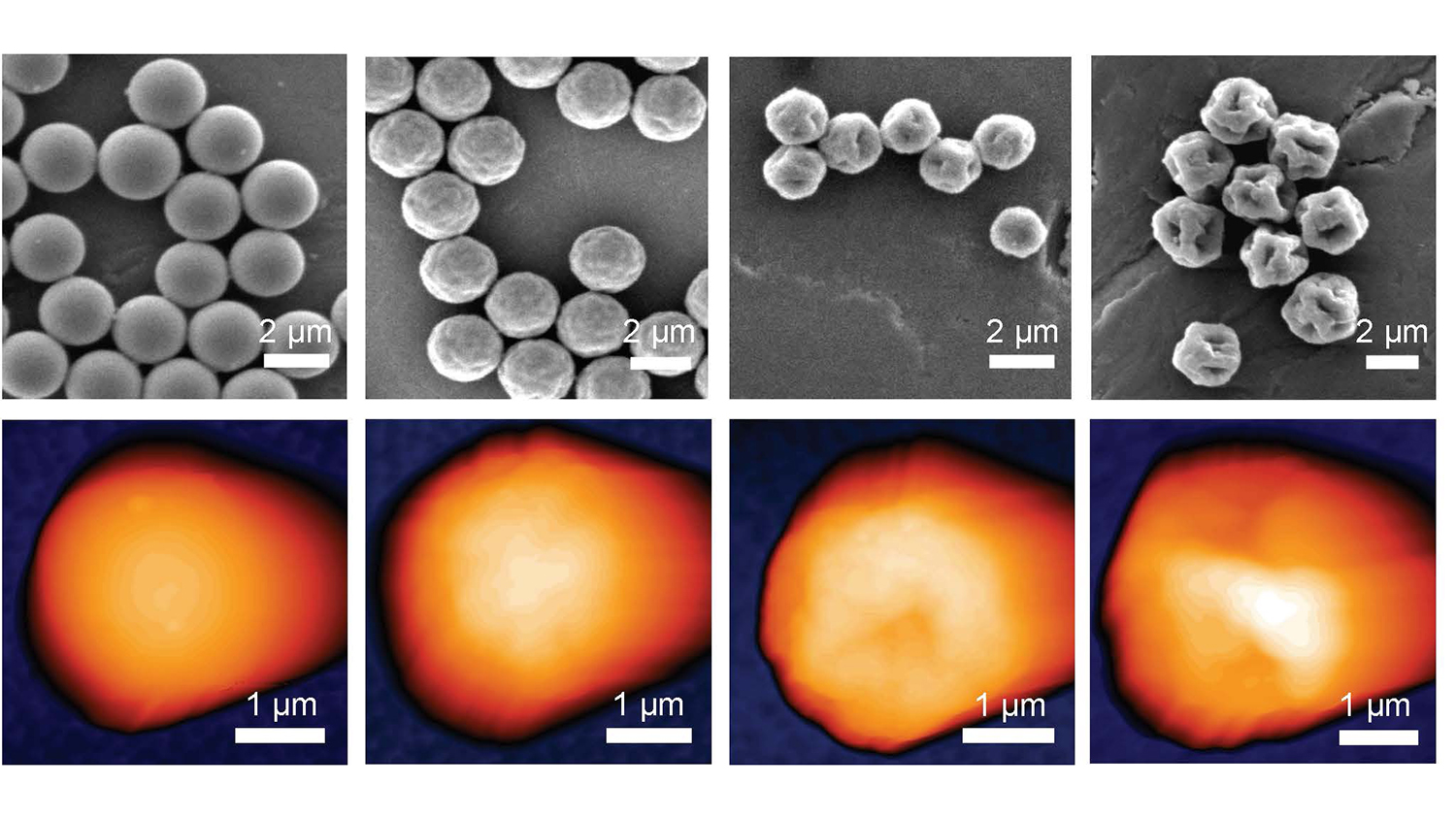
Study Shows How Rough Microparticles Can Cause Big Problems
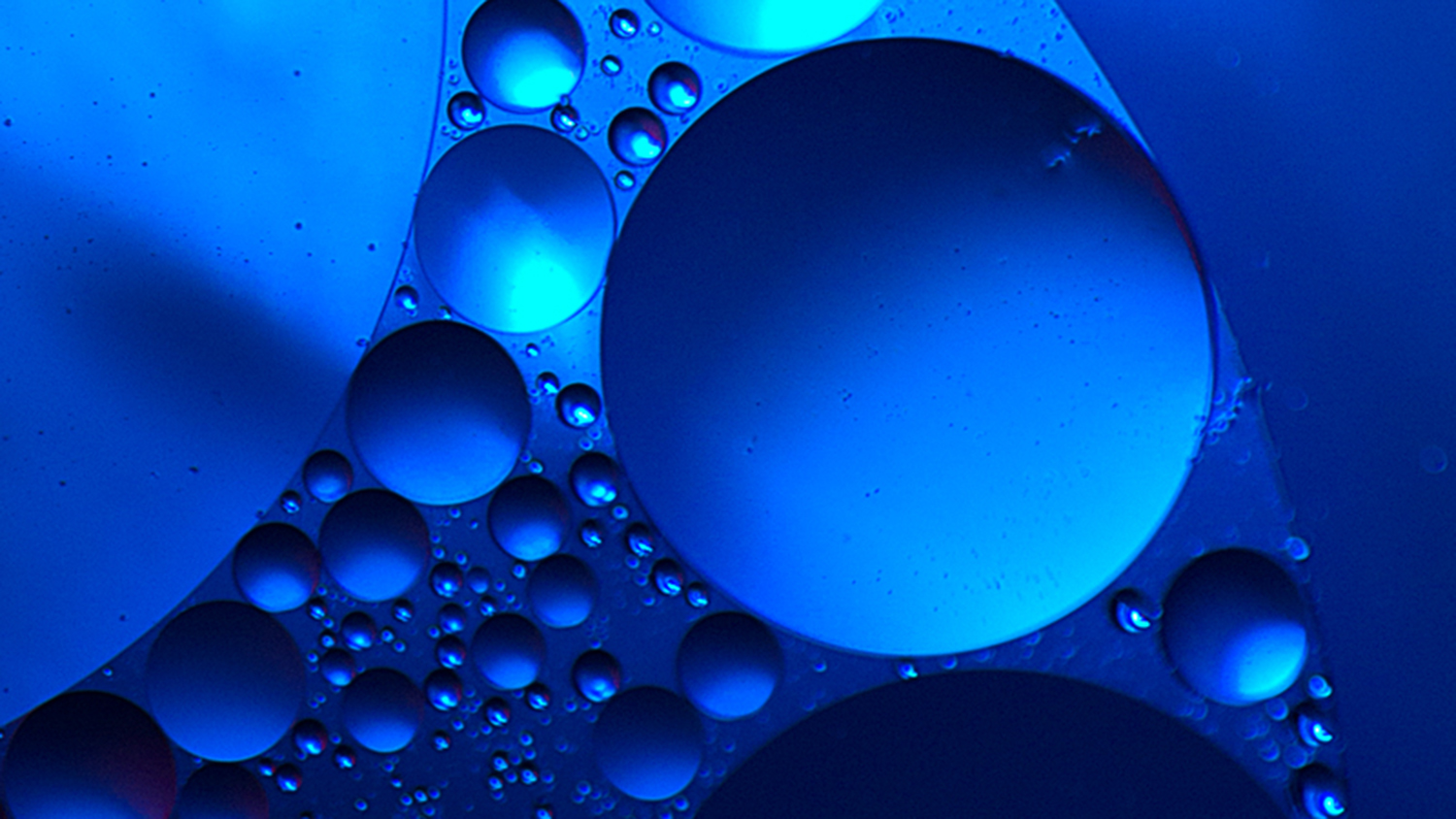
Researchers Set New Bar for Water-Splitting, CO2-Splitting Techniques
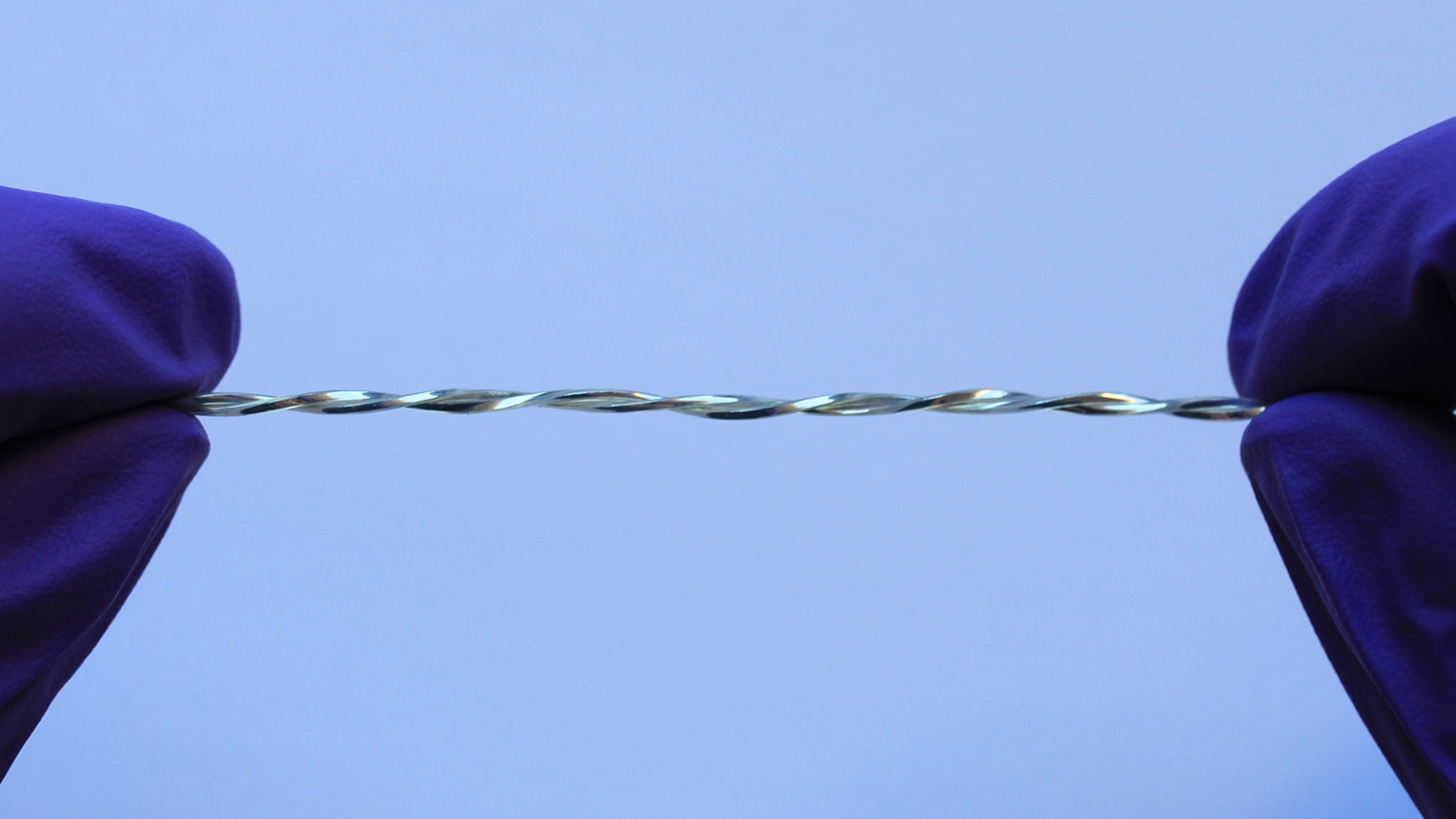
Touch-Sensitive, Elastic Fibers Offer New Interface for Electronics
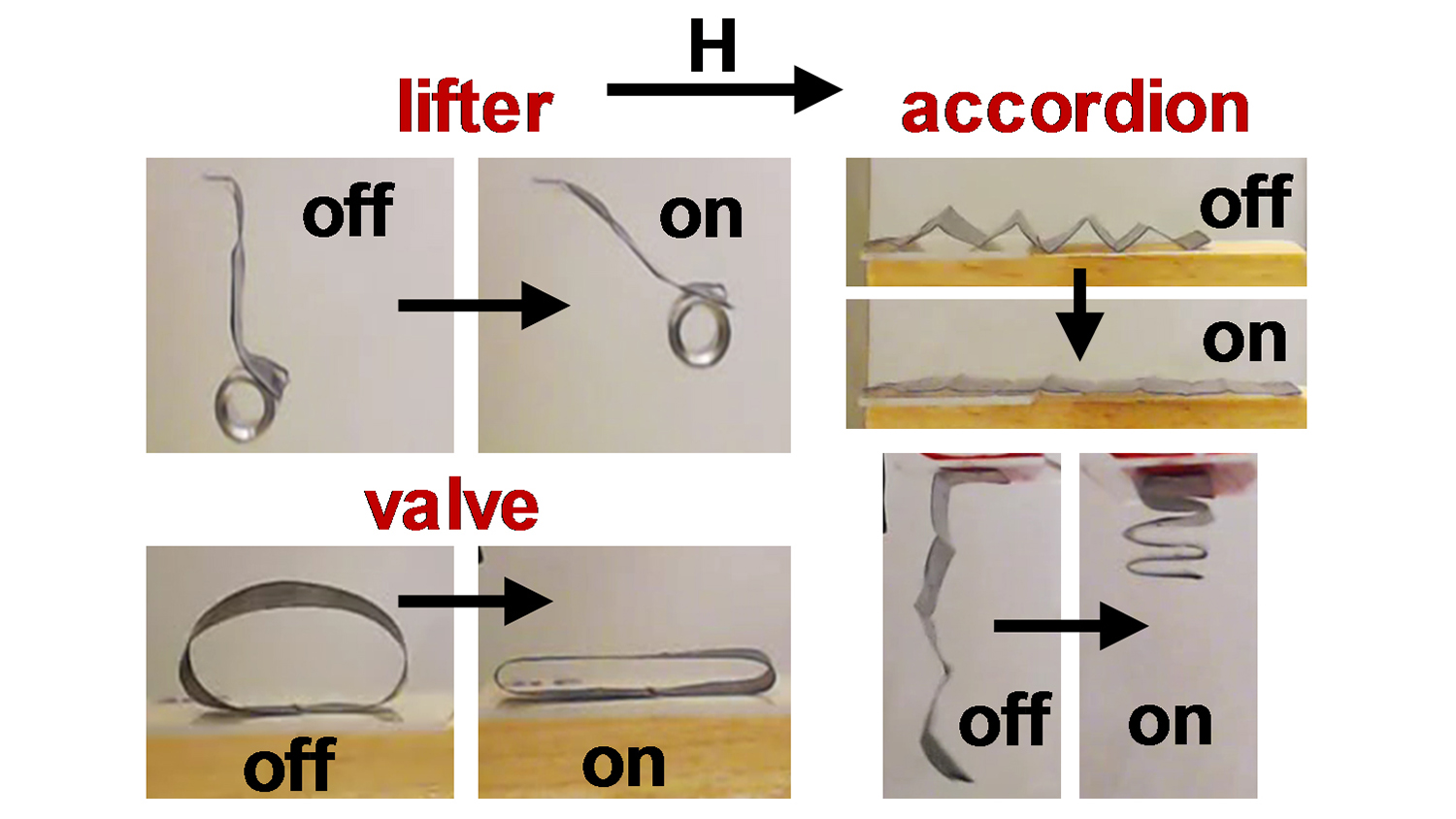
Researchers Control Soft Robots Using Magnetic Fields
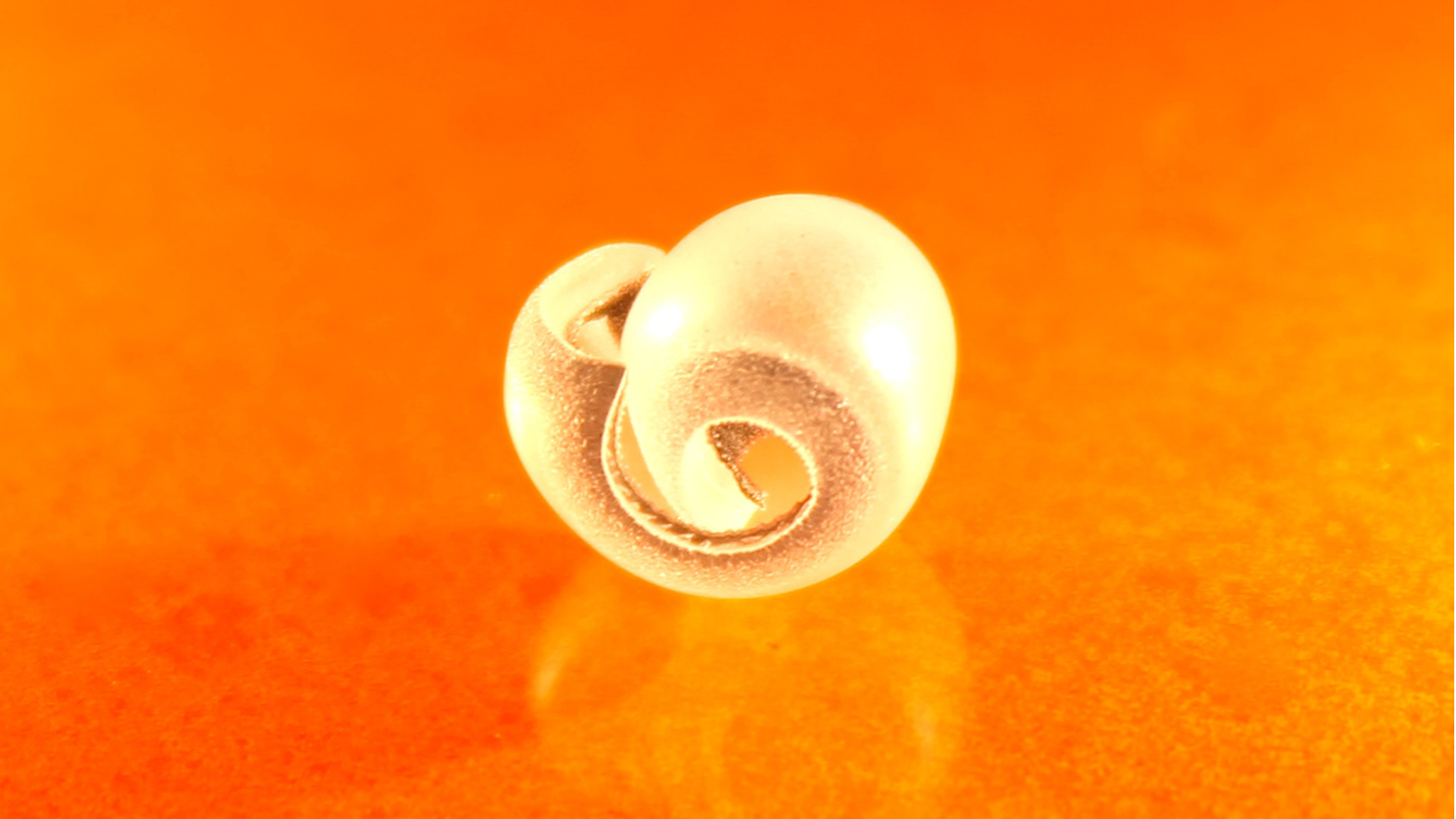
Researchers Use Light to Remotely Control Curvature of Plastics
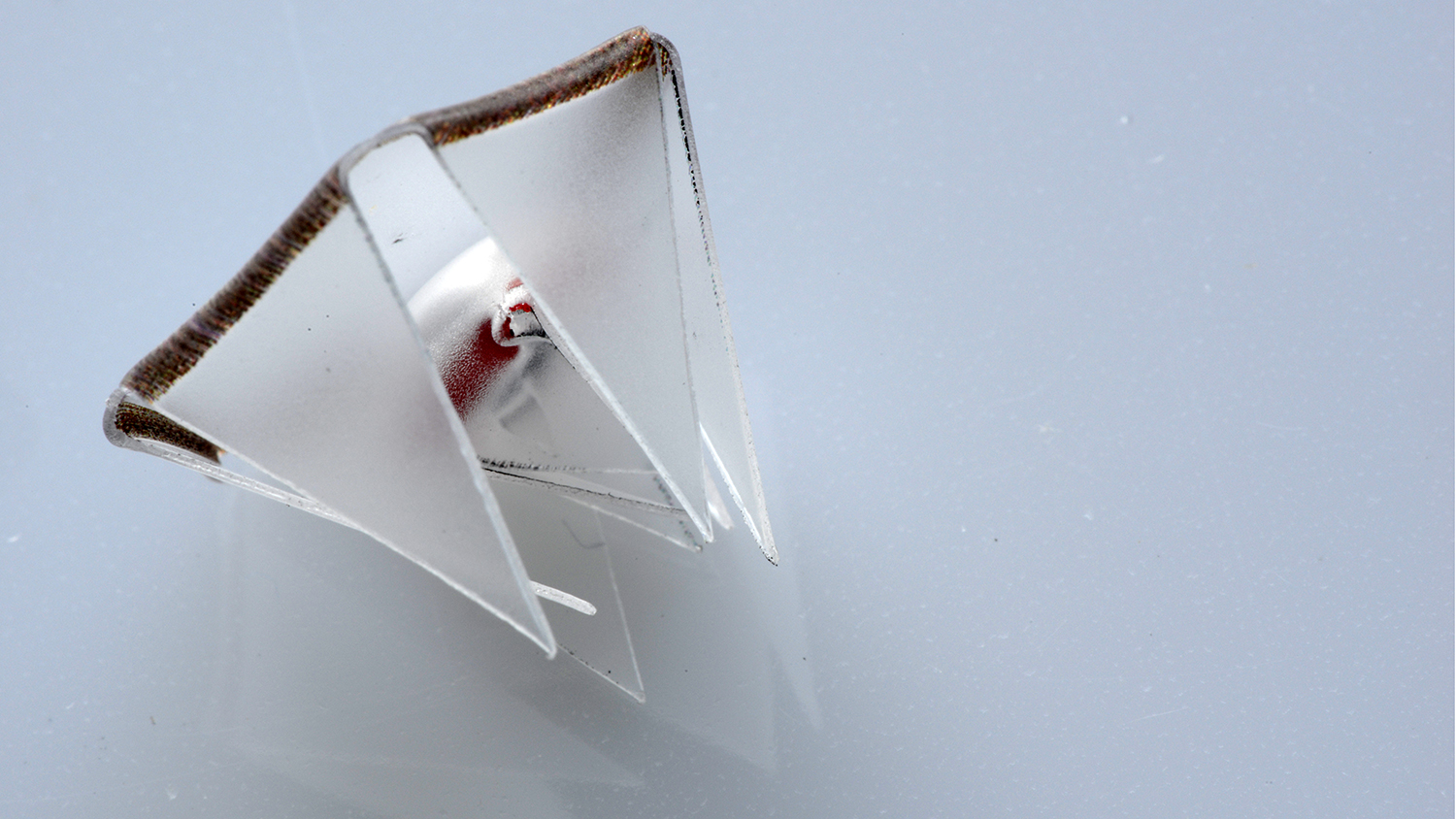
Researchers Remotely Control Sequence in Which 2-D Sheets Fold Into 3-D Structures

Alum Robertson Finalist for ‘MythBusters’ Host
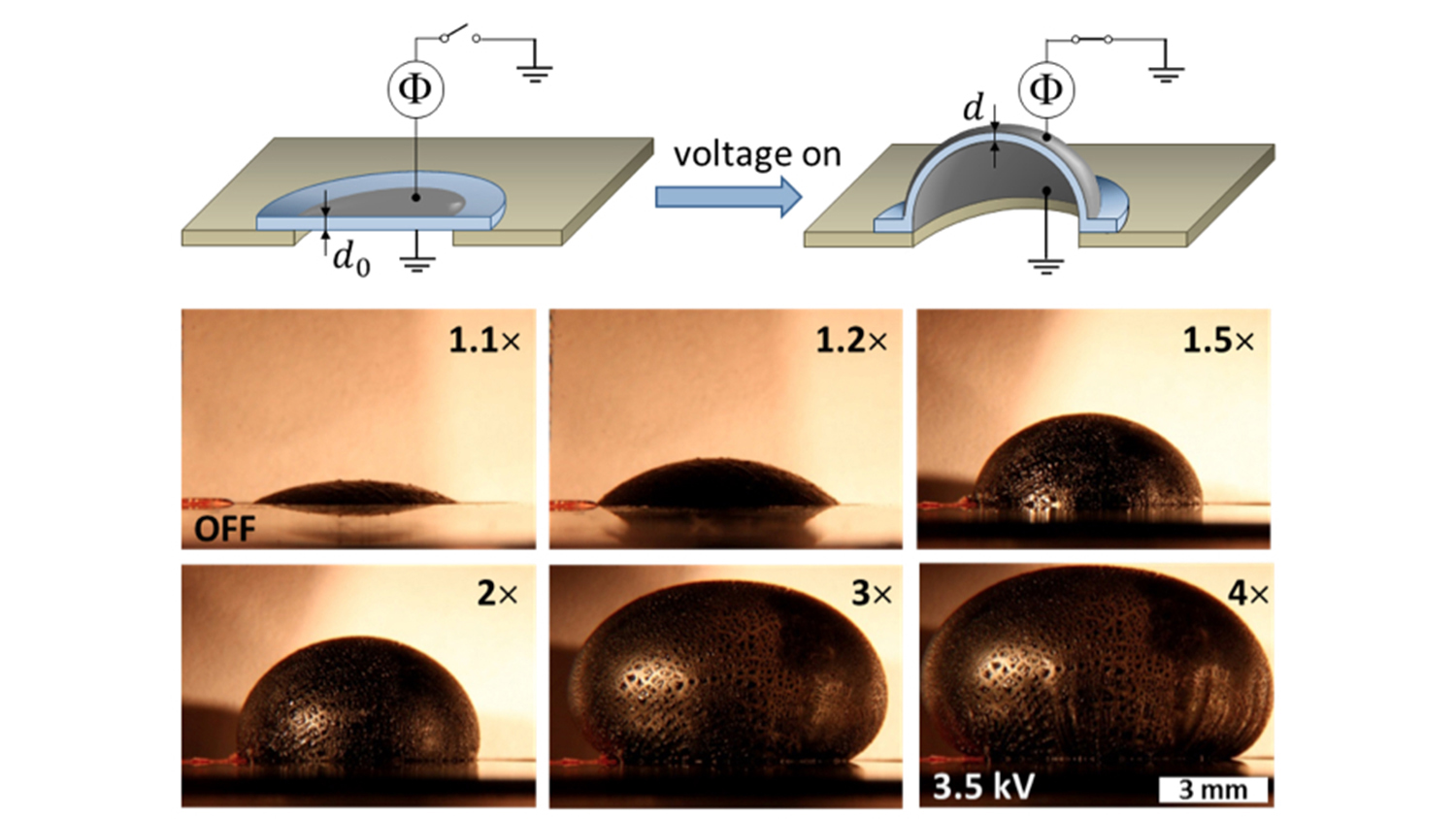
New ‘Bottlebrush’ Electroactive Polymers Make Dielectric Elastomers Increasingly Viable for Use in Devices
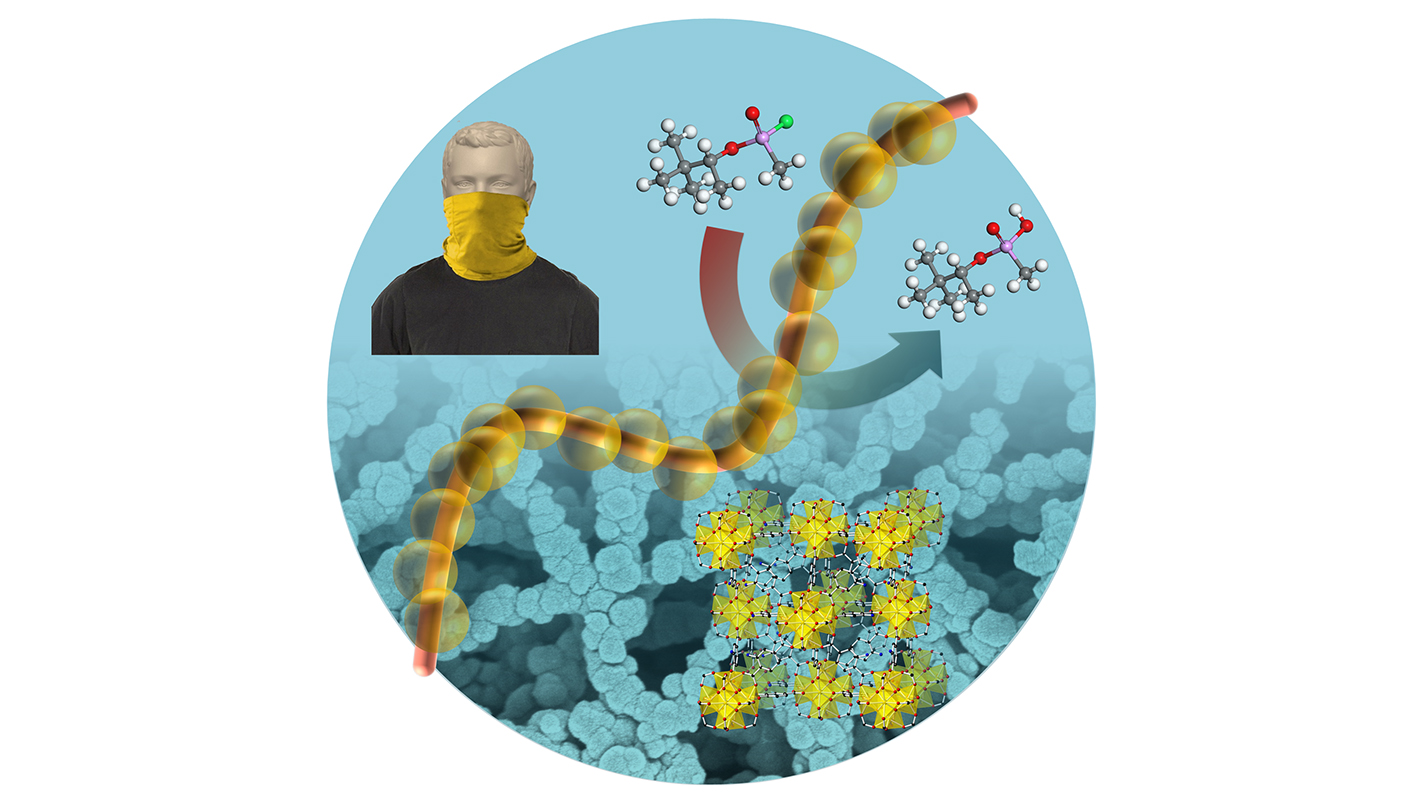
‘Nano-Kebab’ Fabric Breaks Down Chemical Warfare Agents
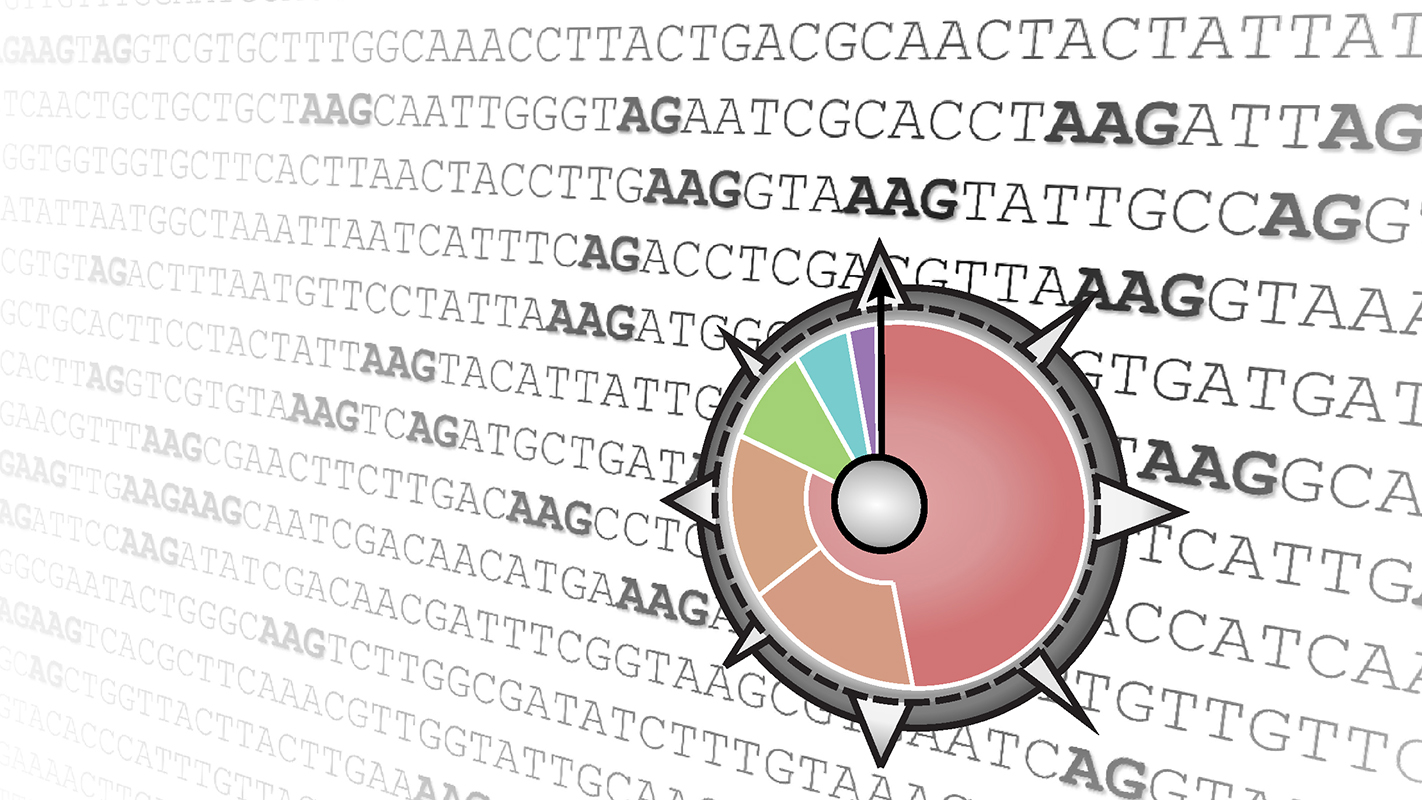
What Is CRISPR? And How Can It Be Used to Turn Genes ‘Off’?
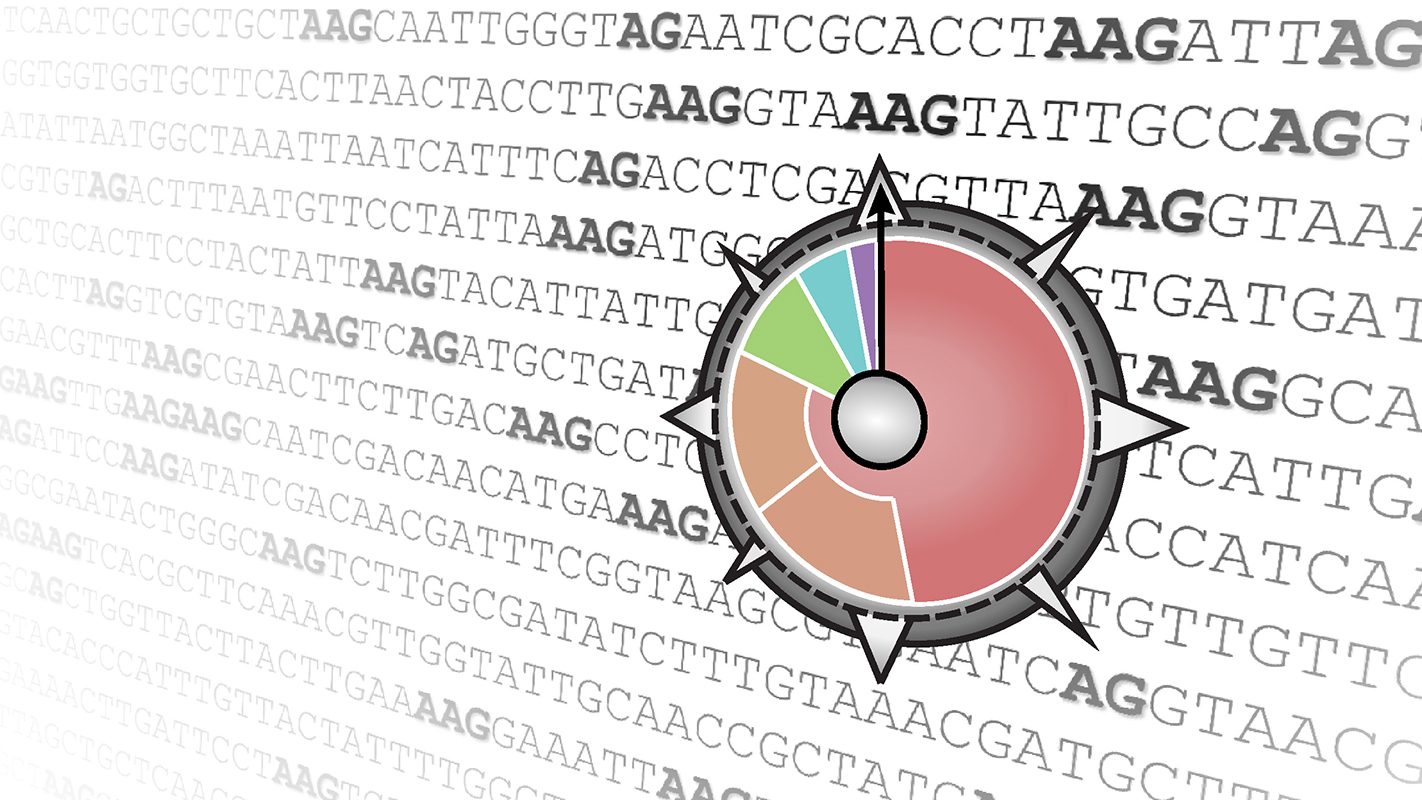
New Tools Allow Rapid ID of CRISPR-Cas System PAMs
